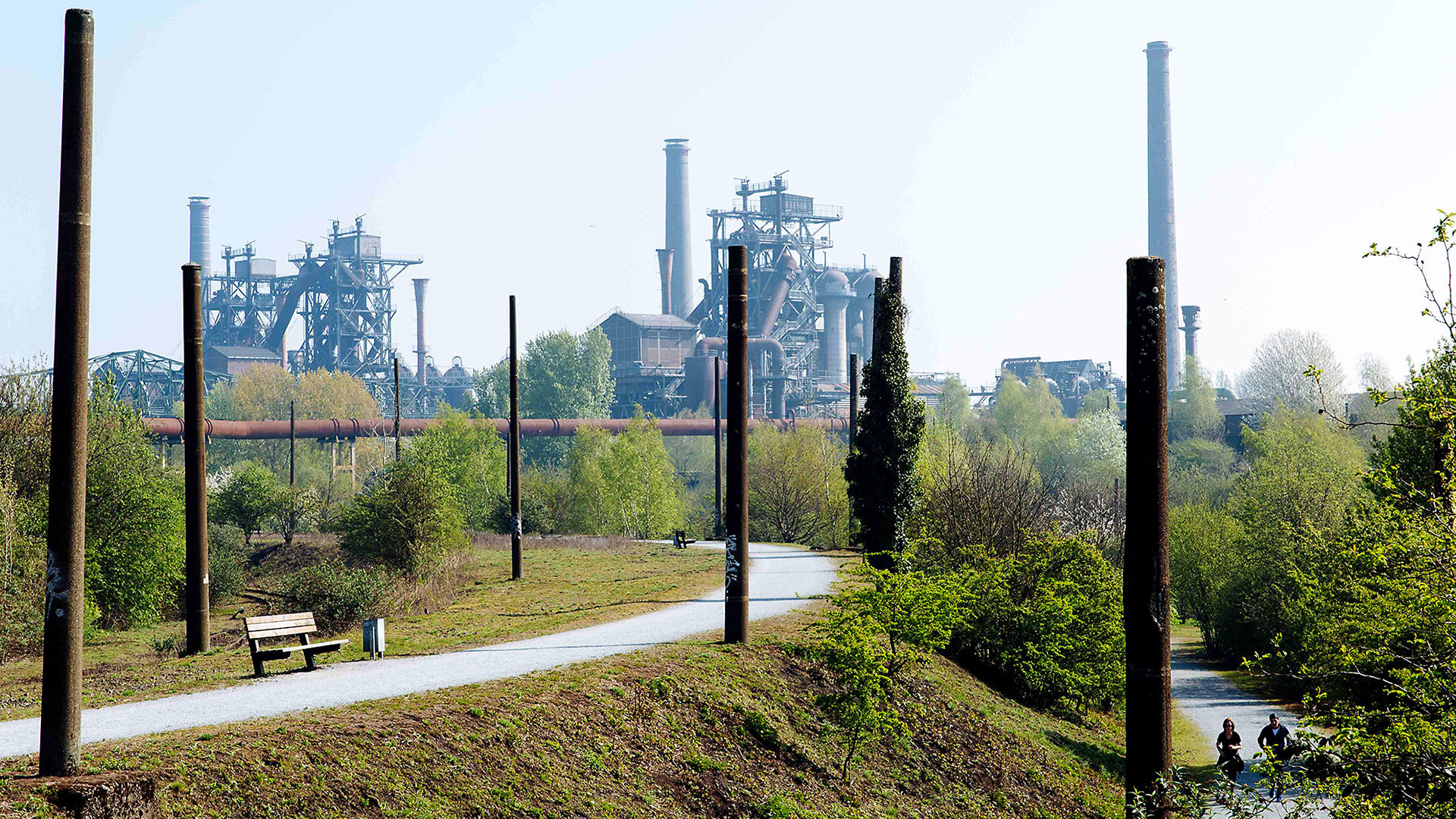Transformation in Composition
Brownfield park project are important laboratories and catalysts for developments in landscape architecture. In these projects, contextual, process, and formal-aesthetic aspects form central and inter-related themes. That is why a major theoretical and methodological expansion of the notion of composition can be distilled from brownfield park projects, as René van der Velde concludes in his dissertation.

‘Transformation in composition: Ecdysis of landscape architecture through the brownfield park project 1975-2015’ enlargers on the notion of composition in landscape architecture by building on the so-called ‘Delft Method’. This method elaborates composition as a methodological framework for landscape design, recognising several layers within the landscape itself and within landscape design. The research simultaneously takes a critical stance in respect to the method. This is a response to recent developments in landscape architecture, such as the site-specificity and process discourses.
Van der Velde examines the notion of composition from a historical, theoretical, and lexical perspective, before turning to an examination of the brownfield park project realized in the period 1975-2015. Van der Velde: “These projects emerge as an important laboratory and catalyst for developments in landscape architecture, whereby contextual, process, and formal-aesthetic aspects form central and inter-related themes. The thesis of this research is that a major theoretical and methodological expansion of the notion of composition can be distilled from the brownfield park project, in which seemingly irreconcilable paradigms such as site, process and form are incorporated.”
By extension, the study propositions a ‘radical maturation’ of the foundations of the discipline in the period 1975 – 2015 via the brownfield park project. A metaphor for this process is offered by the phenomenon of ecdysis in invertebrate animals. In this process, the growth from juvenile to adult takes place in stages involving the moulting of an inelastic exoskeleton. Once shed, a larger exoskeleton is formed, whose shape and character is significantly different to its forebears.
In the slipstream of these findings, the research sheds new light on the shifts in the form and content of the city itself in this period, and the agency of the urban park in the problematique of urban territories. In examining the impact of de-industrialization on the contemporary urban realm, it proposes a major revision of abiding definitions of ‘city’ and ‘nature’, and the paradigms of modernity that backdrop them.
Thesis defence René van der Velde
12 June 2018 15:00 - Aula TU Delft